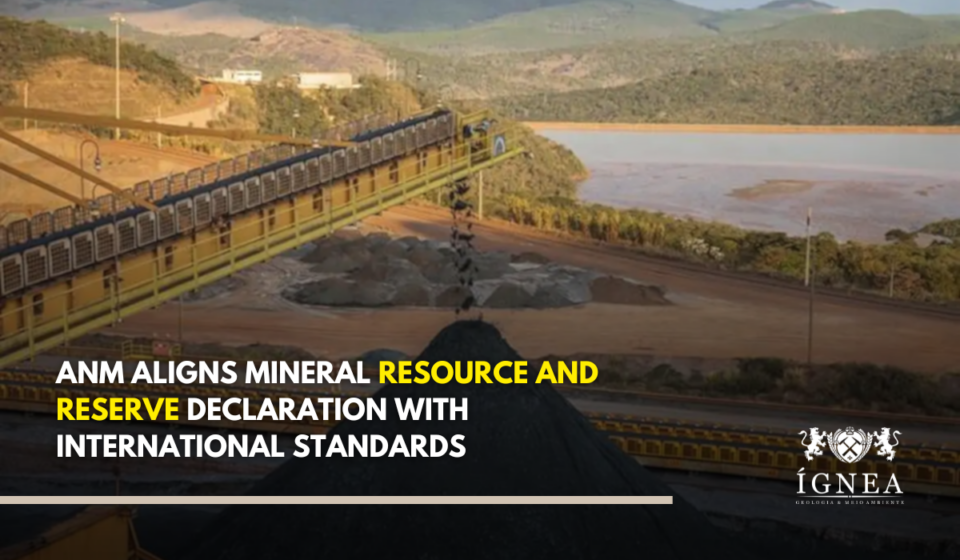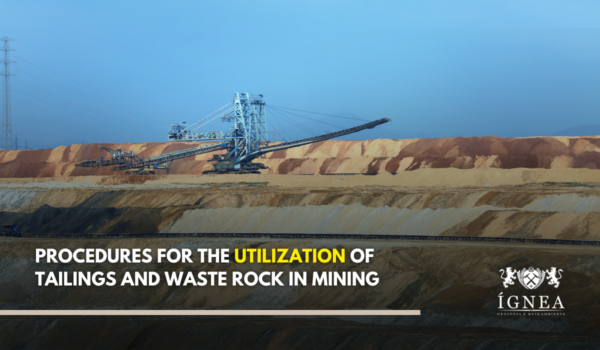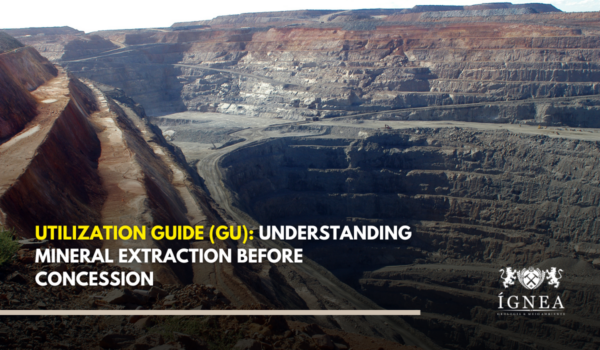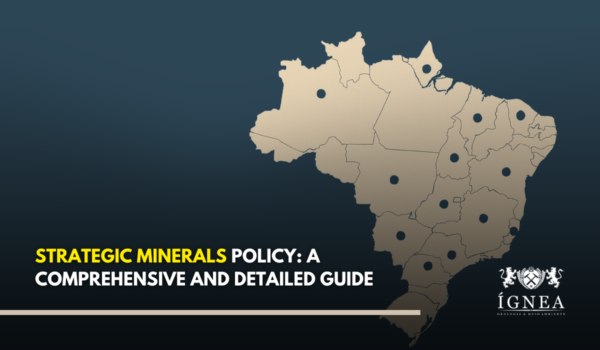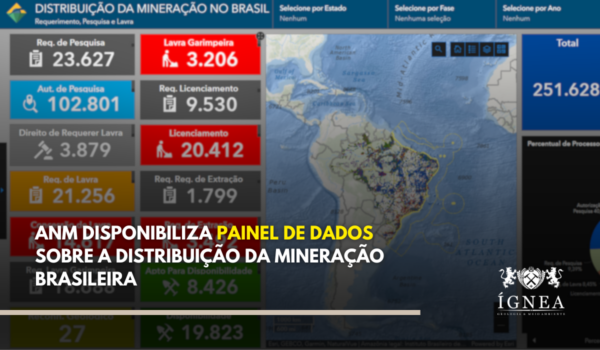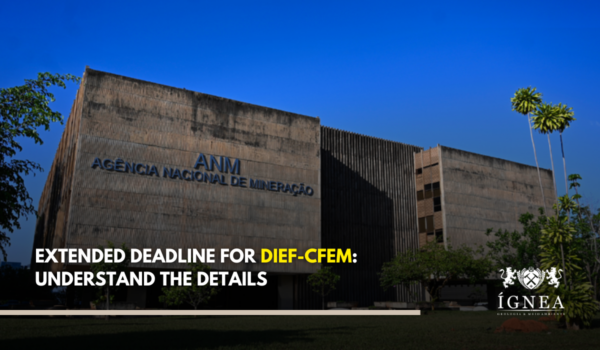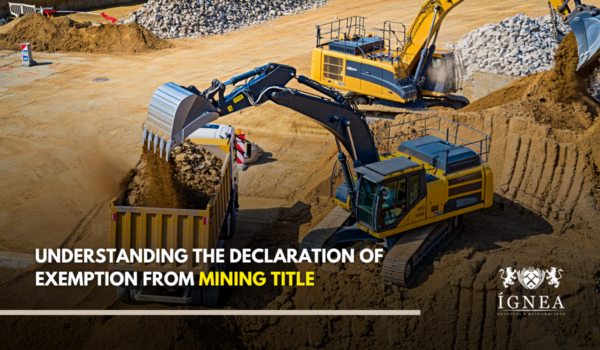Photo: Portal Brasil.gov.br/Ricardo Teles/Edition Ígnea
Resolution No. 94 from the National Mining Agency (ANM), published on February 7, 2022, established a regulatory framework for the classification and declaration of mineral resources and reserves in Brazil. This regulation aims to align national practices with internationally recognized standards, seeking greater transparency and reliability in the information presented by the mineral sector.
The resolution institutes the Brazilian System of Mineral Resources and Reserves, managed by ANM. This system organizes information about the country’s mineral assets, contained in technical documents from mining processes and in public declarations. ANM will use this information to support public policies, manage mining titles, and consolidate the Brazilian mineral inventory.
One of the central points of Resolution No. 94 is the adoption of definitions for mineral resources and reserves based on international models, such as those from the Committee for Mineral Reserves International Reporting Standards (CRIRSCO), represented in Brazil by the Brazilian Commission for Resources and Reserves (CBRR). The established categories are:
- Mineral Resource: A concentration of mineral substance with reasonable prospects for economic extraction. It is subdivided in increasing order of geological confidence:
- Inferred Resource: Estimate based on limited geological evidence.
- Indicated Resource: Estimate with sufficient confidence to suggest geological continuity and allow a preliminary assessment of economic viability.
- Measured Resource: Estimate with a high level of geological confidence, confirming continuity and deposit characteristics, allowing detailed planning and final viability assessment.
- Mineral Reserve: The economically mineable part of a Measured and/or Indicated Mineral Resource, demonstrated by technical studies applying “Modifying Factors.” It is subdivided into:
- Probable Reserve: The mineable portion of an Indicated Resource (and sometimes Measured) with sufficient confidence in modifying factors to support a development decision.
- Proved Reserve: The mineable portion of a Measured Resource with a high degree of confidence in the applied modifying factors.
Modifying Factors are crucial for converting resources into reserves and include technical (mining, processing), economic, market, legal, environmental, social, and governmental considerations.
The resolution also introduces the concept of a Public Declaration, an optional document that companies can submit to ANM to disclose exploration results, resources, or reserves. If submitted, the declaration becomes public and must adhere to principles of Transparency, Materiality, and Competence, being prepared by a qualified and skilled professional. ANM clarifies that it does not act as a certifier of these declarations; responsibility for the veracity of the data lies with the mining title holder and the technical professional.
For technical documents submitted to ANM before the resolution came into effect (180 days after its publication), transition rules were established to reclassify the old nomenclatures (measured, indicated, inferred reserve) into the new resource and reserve concepts. For documents submitted after it came into effect, the application of the new concepts is mandatory.
Resolution No. 94/2022 represents a step forward in standardizing geological information in Brazil, aligning the country with international practices and promoting greater clarity for investors and for the management of national mineral resources.
What are the impacts of this resolution on your operations? Share your perspective in the comments.

